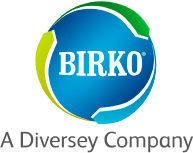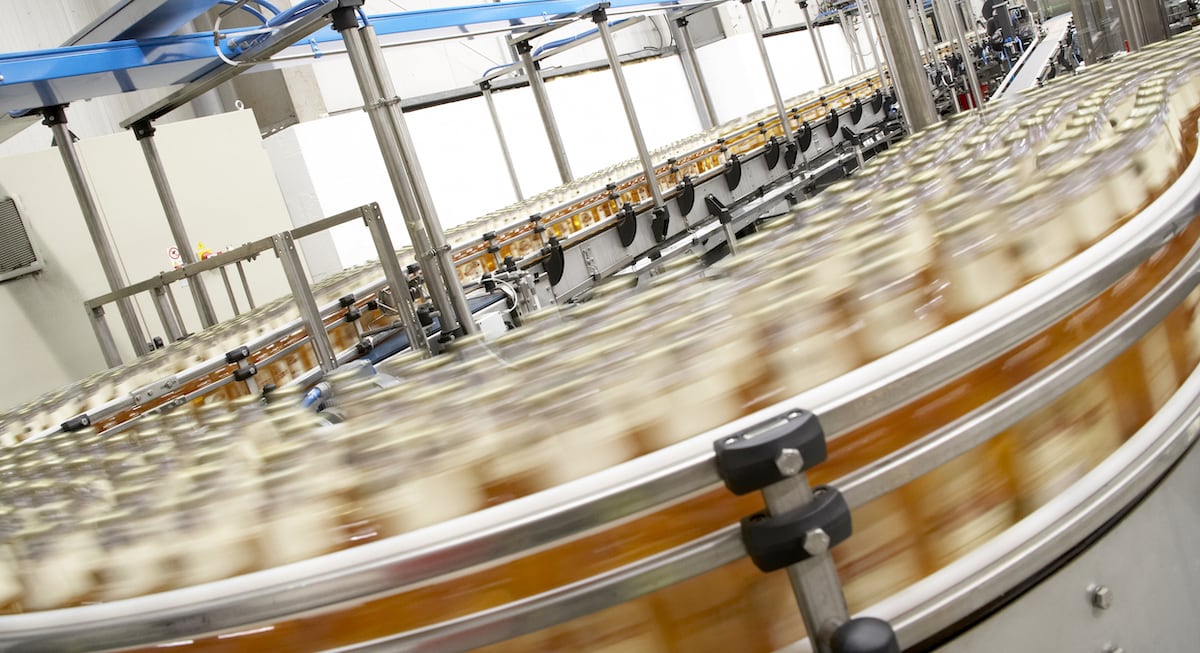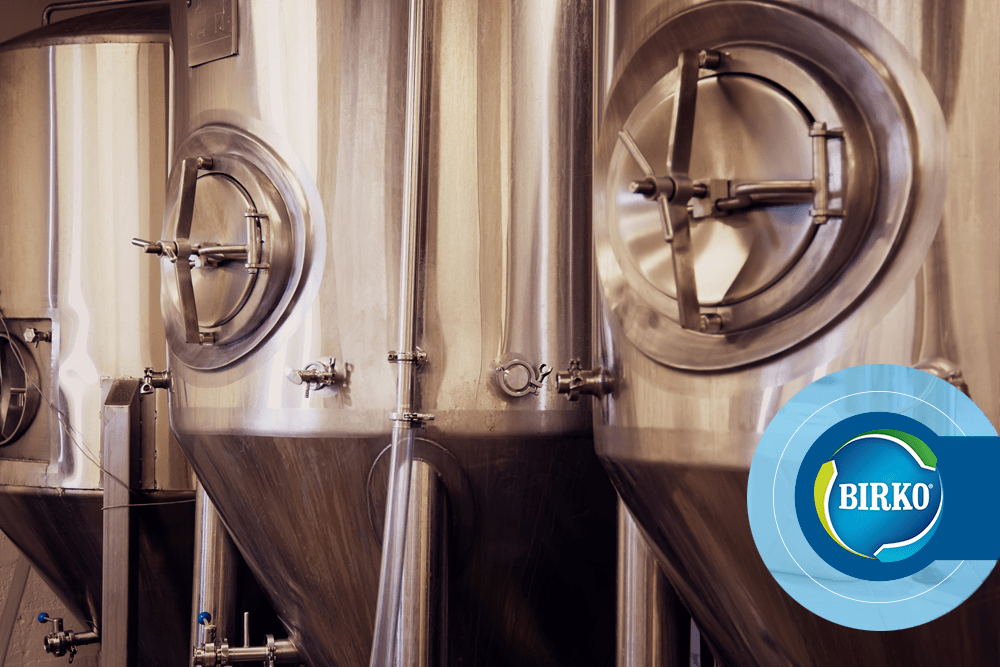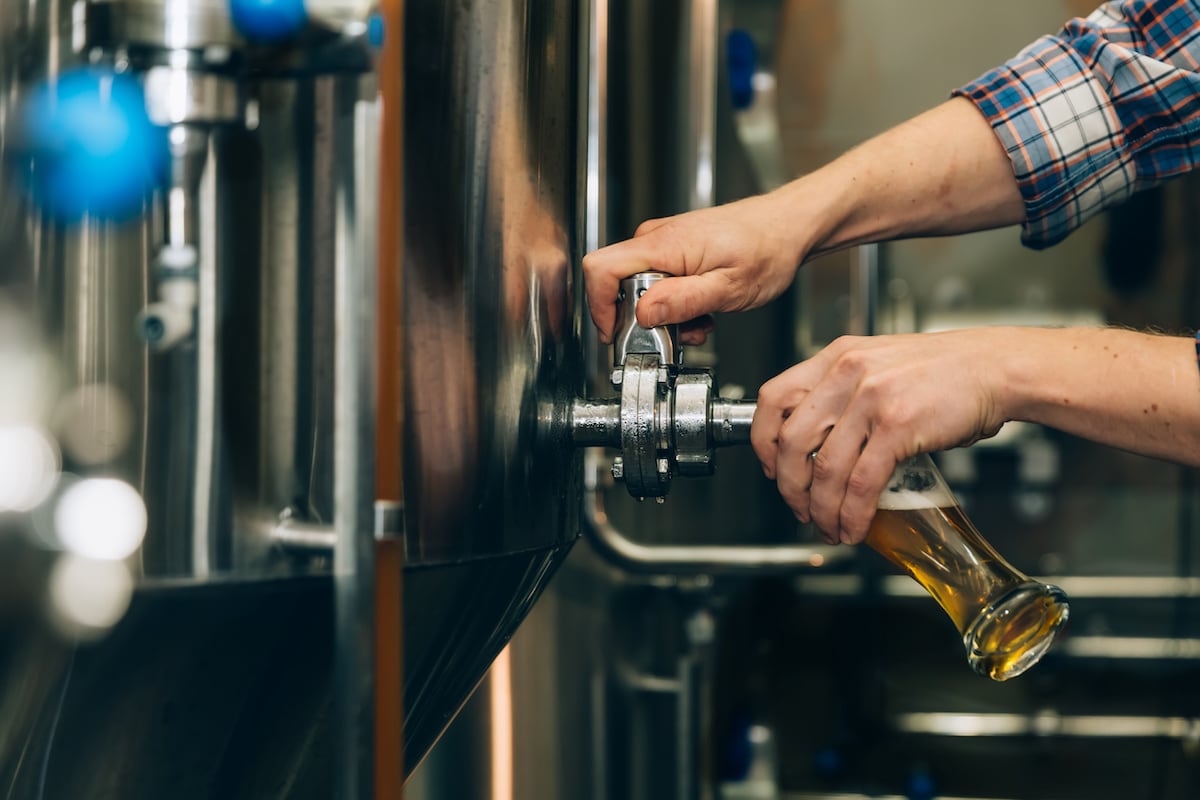In a recent blog, we explored traditional passivation methods and some of their associated disadvantages. (By way of review, passivation involves the use of a light coat of protective material, such as metal oxide, to create a shell against corrosion.)
Due to the disadvantages tied to some of the traditional passivation techniques, you might be looking for a better way. Fortunately, there is another way to passivate equipment. In the mid-1990s, Birko developed a new proprietary brewery cleaning regimen that reversed the traditional CIP approach of using caustic, followed by a rinse, a second application of acid and then another rinse. Instead, the new passivation procedure involves the following:
New Passivation Steps:
- Acid
- No Rinse
- Non-Caustic Alkaline Detergent
- Rinse
Non-Caustic Passivation = Less Hazardous Passivation
This method was originally intended to be an alternative to using caustic (either sodium hydroxide, NaOH and/or KOH, potassium hydroxide) by substituting alkaline ingredients such as sodium percarbonate and sodium metasilicate, along with other ingredients. By using these non-caustic ingredients that have a much lower pH at dilution, our assumption was that sufficient cleaning could be achieved without the use of caustic, thereby creating a less hazardous working environment while keeping the equipment as clean or cleaner at the same time.
Not Only Safer – Birko’s Passivation Chemistry is Better
We also knew that if this then-new approach to cleaning was successful, it would also leave not only the beer, but the metal in better condition as well, from a metallurgy standpoint.
Why, you ask? The traditional approach that finishes with an acid leaves the metal surface rough, and soil can adhere to it quicker than with a neutral pH finish. By skipping the rinse after the acid (which at first glance seems very counter-intuitive), the alkaline detergent blend deposits a molecular layer of the alkaline cleaner, thereby creating a glass-like surface. This surface is passive, resisting chemical attack, and very shiny to boot. Even sodium chlorite (chlorine dioxide) sanitizers will not easily penetrate the layer of glass that protects the metal surface.
Faster Stainless Steel Passivation
“Why don’t we need to wait 24 hours?” The traditional high nitric acid passivation method requires time following the procedure to allow the chromium oxide layer to develop and create a passive metal surface. This is not the case with the acid first, alkaline detergent passivation approach. As soon as the alkaline detergent is fully rinsed away, the metal is passivated and can be put into service immediately if needed. This is simply because the conversion coating occurs as soon as the acidified metal surface comes into contact with the oxygenated, phosphate- and silicate-containing alkaline detergent. The fermentation vessel, for example, can be sanitized and put into service immediately.
How Long Does this Passivation Last?
Like most good things in life, the conversion coating method mentioned above is not permanent. It should be repeated every so often, at least twice a year at a minimum, more often in harsh conditions. Routine cleaning with this method allows the metal to be in pristine condition for years, even decades. The breweries that adopted this approach in the 1990s are still using it and the equipment looks as good as it did when it was new.
For more information on Birko’s proprietary method of passivating metal, please feel free to contact me at: [email protected]








